Match the excretory organs listed under column I with the animals given under column II and select the correct option.
ColumnIColumnII(Excretory organs)(Animals)A.Nephridia(i)HydraB.Malpighian tubules(ii)LeechC.Protonephridia(iii)SharkD.Kidneys(iv)Roundworms(v)Cockroach
A-(ii), B-(v), C-(iv), D-(iii)
A-(iv), B-(iii), C-(i), D-(v)
A-(v), B-(ii), C-(iv), D-(iii)
A-(ii), B-(iv), C-(v), D-(i)
The correct Answer is:A
To solve the problem of matching excretory organs with the corresponding animals, we will go through each excretory organ listed in Column I and identify the correct animal from Column II.
1. Identify the excretory organ: Nephridia
- Nephridia are the excretory organs found in annelids, such as leeches.
- Match: Nephridia → (ii) Leech
2. Identify the excretory organ: Malpighian tubules
- Malpighian tubules are the excretory structures found in arthropods, specifically in insects like cockroaches.
- Match: Malpighian tubules → (v) Cockroach
3. Identify the excretory organ: Protonephridia
- Protonephridia are the excretory organs found in flatworms and some other invertebrates, but they are specifically associated with roundworms (Nematoda).
- Match: Protonephridia → (iv) Roundworms
4. Identify the excretory organ: Kidneys
- Kidneys are the excretory organs characteristic of vertebrates, including mammals. Sharks, being cartilaginous fish, also possess kidneys.
- Match: Kidneys → (iii) Shark
Final Matches:
- A. Nephridia → (ii) Leech
- B. Malpighian tubules → (v) Cockroach
- C. Protonephridia → (iv) Roundworms
- D. Kidneys → (iii) Shark
Correct Option:
Based on the matches, the correct option is:
- Option 1:
- A → (ii)
- B → (v)
- C → (iv)
- D → (iii)
- Nephridia are the excretory organs found in annelids, such as leeches.
- Match: Nephridia → (ii) Leech
- Malpighian tubules are the excretory structures found in arthropods, specifically in insects like cockroaches.
- Match: Malpighian tubules → (v) Cockroach
- Protonephridia are the excretory organs found in flatworms and some other invertebrates, but they are specifically associated with roundworms (Nematoda).
- Match: Protonephridia → (iv) Roundworms
- Kidneys are the excretory organs characteristic of vertebrates, including mammals. Sharks, being cartilaginous fish, also possess kidneys.
- Match: Kidneys → (iii) Shark
- A. Nephridia → (ii) Leech
- B. Malpighian tubules → (v) Cockroach
- C. Protonephridia → (iv) Roundworms
- D. Kidneys → (iii) Shark
Based on the matches, the correct option is:
- Option 1:
- A → (ii)
- B → (v)
- C → (iv)
- D → (iii)
Topper's Solved these Questions
- ANIMAL KINGDOMBOOK - NCERT FINGERTPS ENGLISHCHAPTER - ANIMAL KINGDOMEXERCISE - Hots
5 Videos
- ANIMAL KINGDOMBOOK - NCERT FINGERTPS ENGLISHCHAPTER - ANIMAL KINGDOMEXERCISE - NCERT examples problems
13 Videos
- ANIMAL KINGDOMBOOK - NCERT FINGERTPS ENGLISHCHAPTER - ANIMAL KINGDOMEXERCISE - Classification of non-chordates
41 Videos
- ANATOMY OF FLOWERING PLANTSBOOK - NCERT FINGERTPS ENGLISHCHAPTER - ANATOMY OF FLOWERING PLANTSEXERCISE - Anatomy Of Flowering Plants
143 Videos
- BIOLOGICAL CLASSIFICATIONBOOK - NCERT FINGERTPS ENGLISHCHAPTER - BIOLOGICAL CLASSIFICATIONEXERCISE - Biological Classification
132 Videos
Similar Questions
Match the terms column-I with their functions in column-II and select the correct option
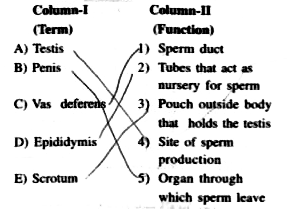
View SolutionMatch the terms column-I with their functions in column-II and select the correct option
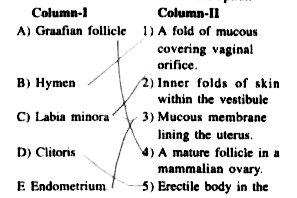
View SolutionMatch column I with column II and select the correct option.
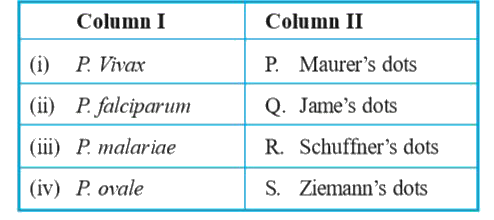
View SolutionMatch the column I with column II and select the correct option

View SolutionMatch the experiment listed under Column I with the aim of the experiment in Column II.
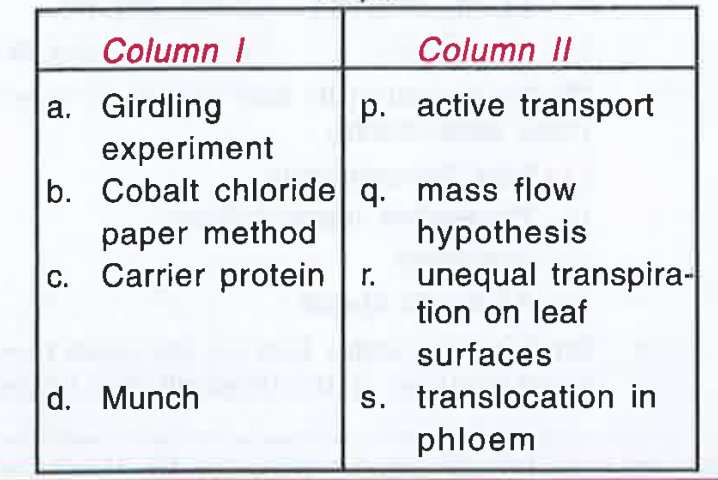
View SolutionMatch the column-I with column -II and select the correct option :
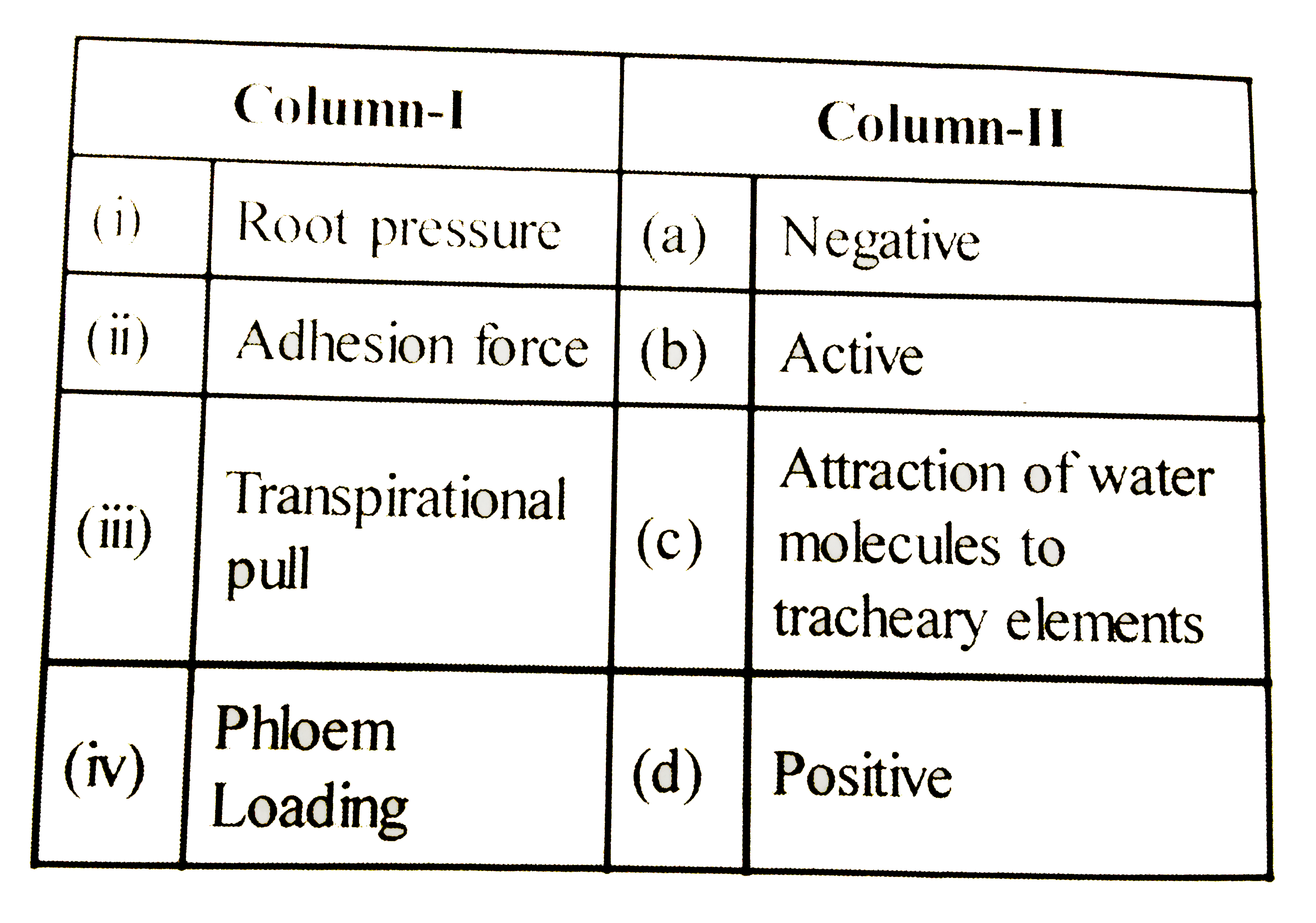
View SolutionMatch the terms column-I with column-II and select the correct option
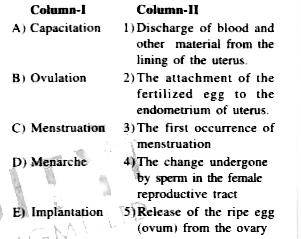
View SolutionMatch the terms column-I with column-II and select the correct option
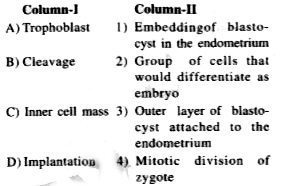
View SolutionMatch the organisms given in column I with the vegetative propagules given in column II.
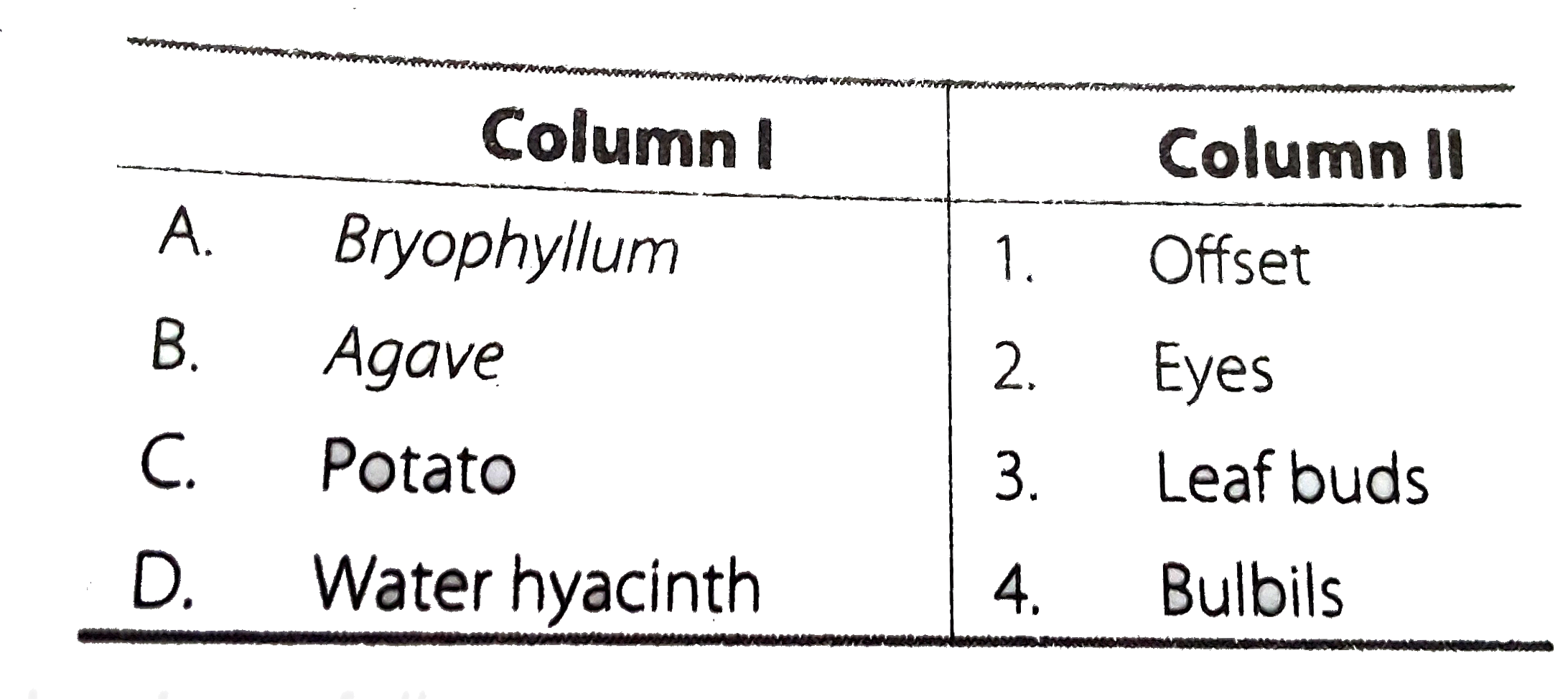
View SolutionMatch the column-I with column-II and select the correct option :
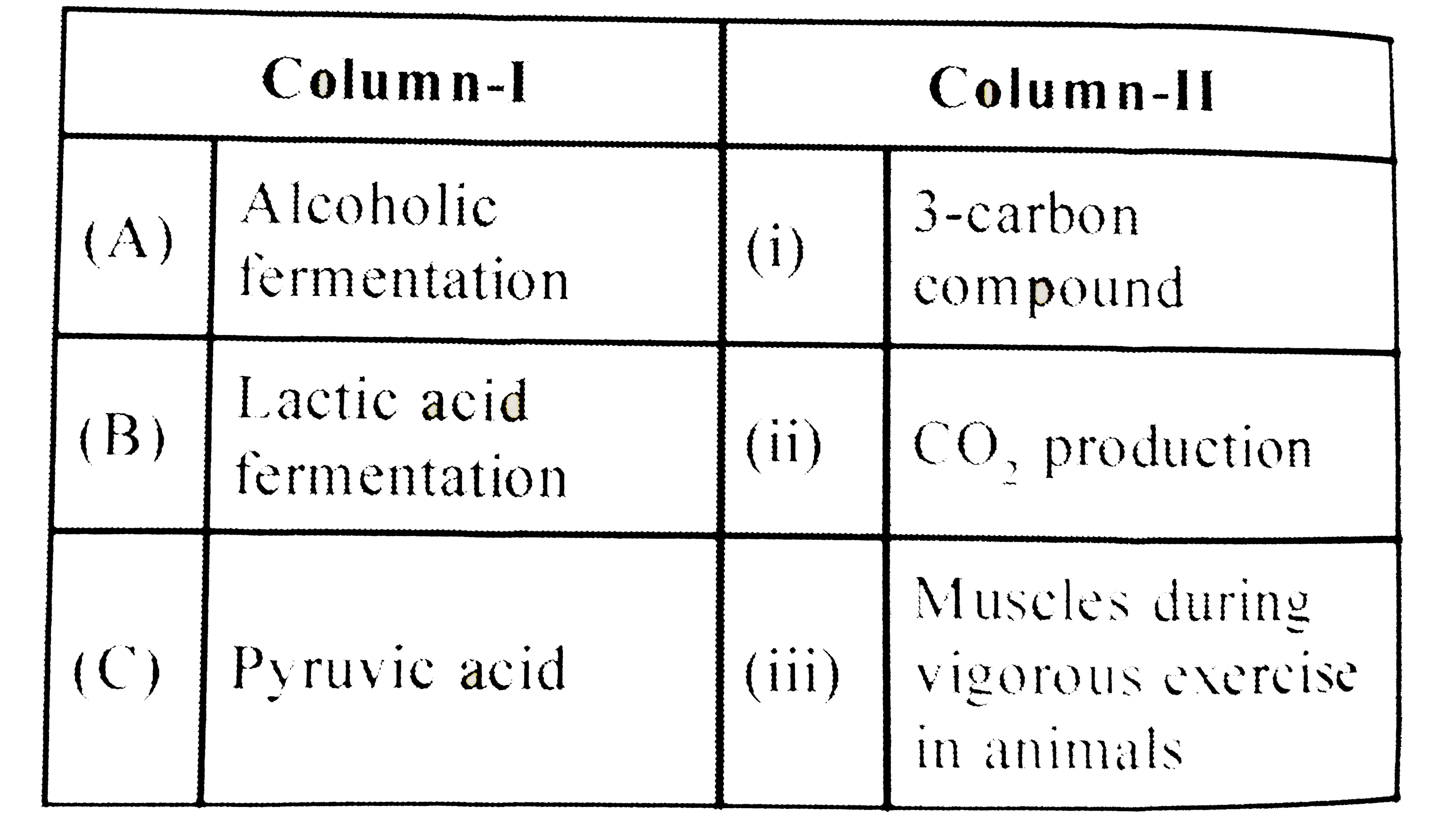
View Solution
